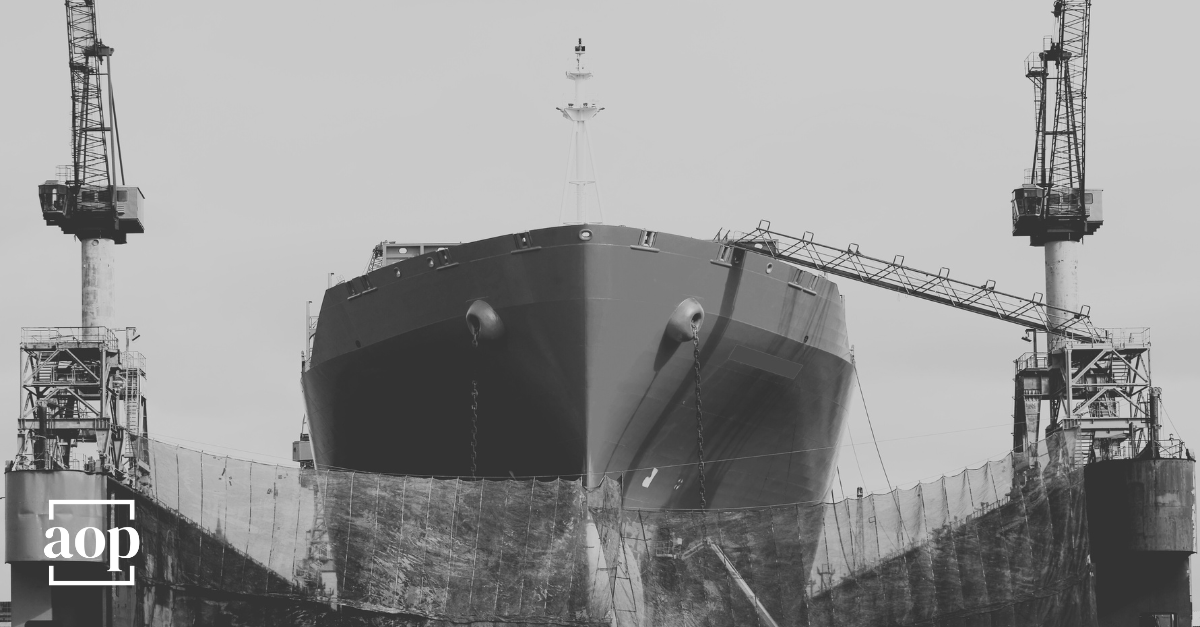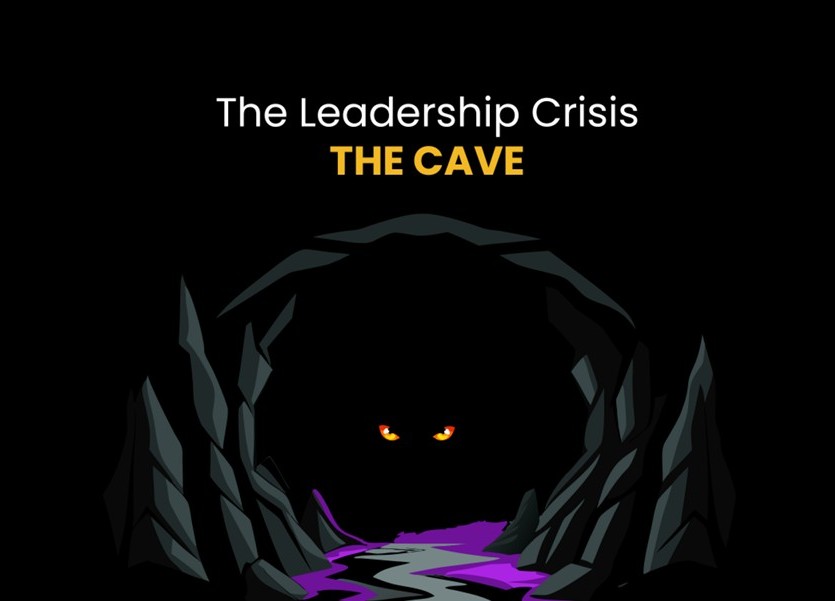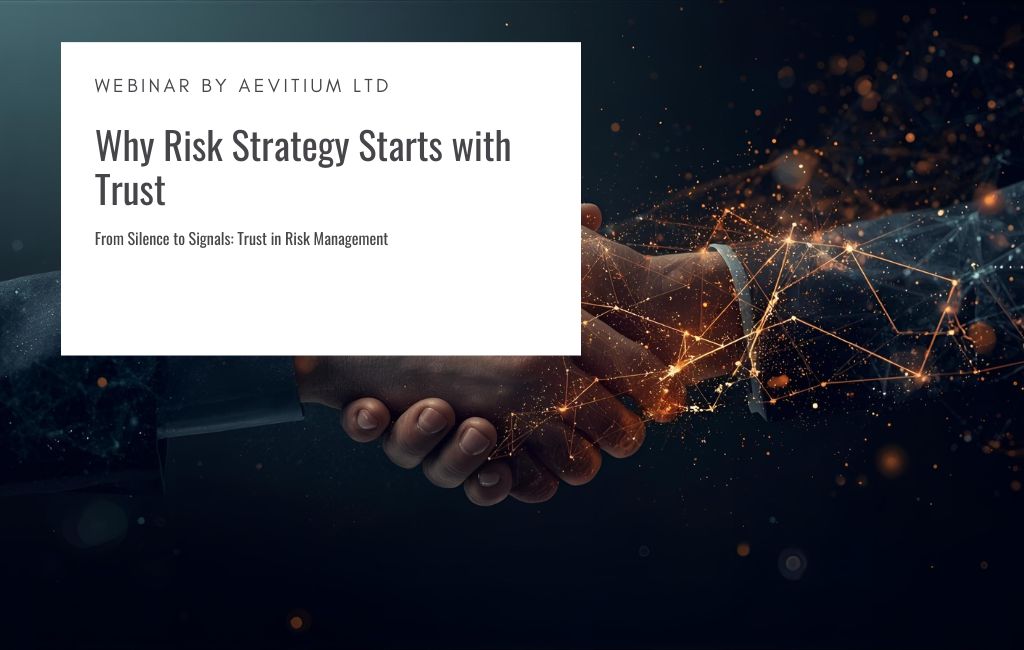In today’s fast-evolving infrastructure landscape, ensuring the safety and life cycle of critical structures is paramount. Civil engineers, project managers, and government authorities responsible for maintaining infrastructure face unique challenges in conducting safe, reliable inspections that keep up with modern standards. Integrating technology into inspection protocols is rapidly transforming the field, allowing for safer, more accurate, and cost-effective evaluations. Here's how technology is enhancing inspection standards and prioritizing safety like never before.
1. Precision Through Data-Driven Insights
One of the most significant safety advancements in inspection technology is the ability to gather highly accurate data that traditional methods often miss. Advanced sensors, high-resolution cameras, and even artificial intelligence (AI) in drones provide a detailed view of structures, allowing inspectors to identify and assess potential risks precisely. Drones can capture minute details in real time, covering every aspect of a structure and producing accurate, actionable data. By reducing human error and providing reliable measurements, this technology enables teams to base maintenance decisions on concrete, data-driven insights.
2. Increased Efficiency, Lowered Risk
Traditional inspections, especially on high-risk structures like bridges or multi-story buildings, often expose engineers and inspection teams to unsafe environments. By integrating drones, sensors, and remote-controlled cameras, teams can now conduct inspections without placing workers in precarious situations. Drone-based inspections, for instance, can access confined or hard-to-reach areas, such as underneath bridges or along steep inclines, without the need for heavy machinery, harnesses, or scaffolding. This not only reduces risk but also allows inspections to proceed without causing disruptions to traffic or daily operations, making them more efficient and safer for all involved.
3. Predictive Maintenance and Early Issue Detection
Technological advancements in inspection tools now make it possible to predict issues before they become critical. For instance, digital twin technology—virtual replicas of physical structures—enables inspectors to monitor structural changes over time. Combined with AI, inspectors can detect and monitor early signs of degradation or structural fatigue in these digital models. These insights enable infrastructure managers to implement preventive measures, addressing minor issues before they develop into safety hazards, ultimately extending the lifespan of structures and protecting public safety.
4. Sustainability and Cost Savings
While safety is a primary goal, the integration of technology into inspection processes also drives sustainability and cost savings. Drones and other remote inspection tools minimize the need for extensive on-site resources, reducing both manpower and fuel consumption. Data collected by drones can be analyzed in a central location, which eliminates the need for repeated physical inspections, decreasing the environmental impact of maintenance operations. Moreover, early detection of potential issues reduces costly emergency repairs and extends the life cycle of infrastructure, making the overall inspection process more sustainable and economically efficient.
5. Real-Time Collaboration and Transparency
New technologies also foster greater collaboration among stakeholders. Through cloud-based data storage and real-time reporting, inspection results are instantly accessible to project managers, engineers, and government officials, enabling seamless communication and quicker decision-making. This transparency ensures that all parties have access to up-to-date information, leading to informed decisions that support structural integrity and public safety.
Incorporating innovative technology into infrastructure inspections allows for a safer, smarter, and more sustainable future. As the sector continues to adopt these tools, the standards of inspection will only continue to improve—setting a new benchmark for safety in the industry.
Want to learn how to enhance your inspection standards? Contact us for more info!
#SafetyFirst #InfrastructureInspection #InspectionTechnology #CivilEngineering #DroneTechnology #DataDrivenDecisions #SafetyInnovation #AssetManagement #ManamSolutions


























